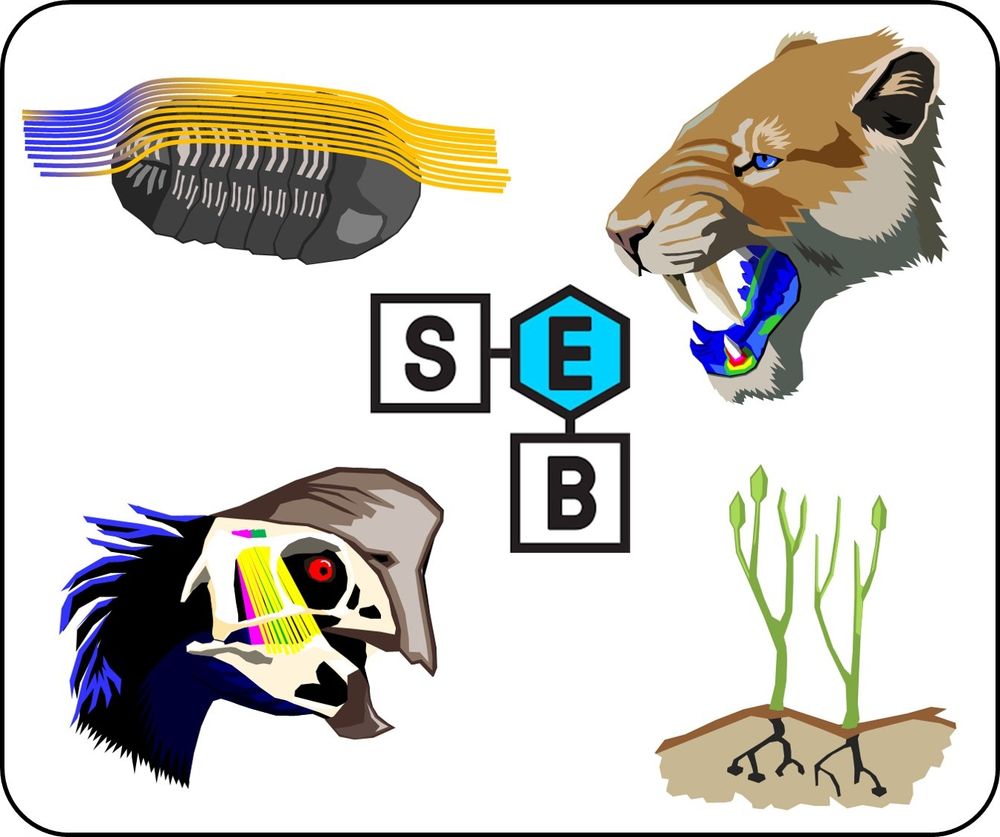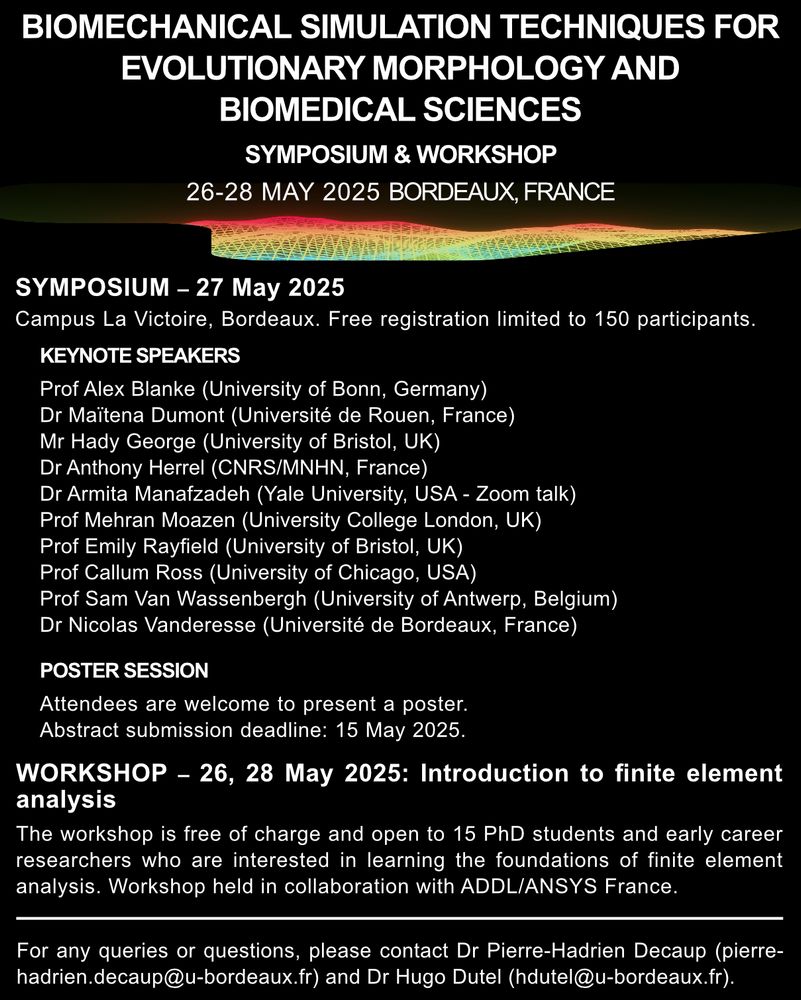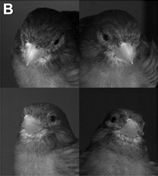UAntwerp FunMorph
@uafunmorph.bsky.social
62 followers
66 following
15 posts
Functional Morphology Lab Group of Department of Biology, University of Antwerp.
https://www.uantwerpen.be/en/research-groups/funmorph/
Posts
Media
Videos
Starter Packs
Pinned
Reposted by UAntwerp FunMorph
Reposted by UAntwerp FunMorph
Reposted by UAntwerp FunMorph
Reposted by UAntwerp FunMorph
UAntwerp FunMorph
@uafunmorph.bsky.social
· Mar 21

Beak dimensions affect feeding performance within a granivorous songbird species
Summary: In canaries, individuals with greater beak depth were faster at dehusking large seeds. Unexpectedly, however, individuals with smaller beaks did not perform significantly better at processing...
doi.org
Reposted by UAntwerp FunMorph
Reposted by UAntwerp FunMorph
Reposted by UAntwerp FunMorph
Reposted by UAntwerp FunMorph
Maja Mielke
@maja-mielke.bsky.social
· Feb 6

Hard bites and slow songs: How beak size affects the singing and evolution of songbirds
Researchers have discovered that massive beaks and strong bites hinder the velocity of beak movement in songbirds. The musical differences that result may have consequences for evolution.
theconversation.com

















